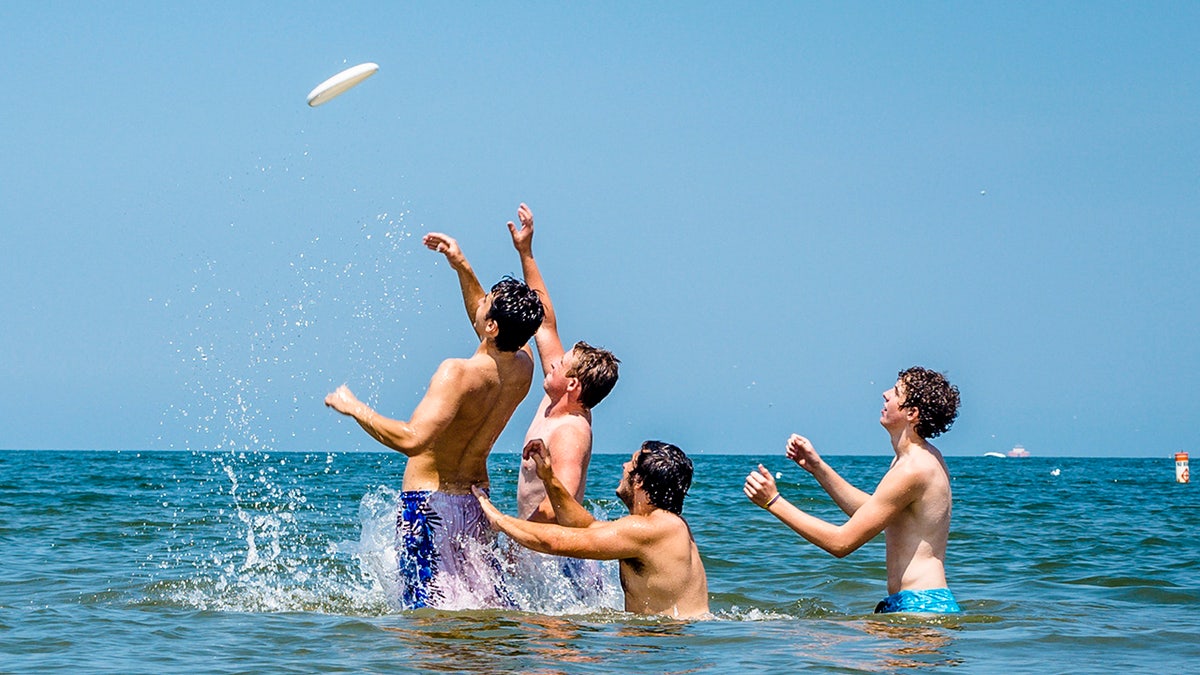Fox Nation Special Traces Frisbee’s Roots From Pie Tins to Global Pastime
Season 2 of 'Meet the American' spotlights Walter Frederick Morrison and the postwar rise of the flying disc
Fox Nation’s Season 2 of "Meet the American" devotes a full episode to the origins of the Frisbee, tracing the pastime from improvised pie-plate play to a mass-produced plastic disc enjoyed worldwide. The episode, hosted by "America’s Newsroom" co-anchor Bill Hemmer, profiles Walter Frederick Morrison, whose post-World War II experiments and commercial instincts helped transform a casual pastime into a cultural phenomenon.
Morrison, described in the episode as a 1930s California beach boy and a wartime pilot, refined the idea of tossing pie tins and other flat objects into a marketable product after the war. The program places his invention in the broader context of a growing American leisure culture and details how college students in New England had been tossing empty pie tins stamped "Frisbie"—from the Frisbie Baking Company of Connecticut—long before Morrison developed a molded-plastic disc. The Strong National Museum of Play is cited in the episode for documenting that earlier student practice as part of the disc’s prehistory.

After World War II, Morrison experimented with lightweight, aerodynamic shapes and marketed prototypes under names such as the "Flyin-Saucer" and "Pluto Platter." A subsequent business deal with the toy company Wham-O helped scale production and distribution. Wham-O popularized the molded plastic disc and adopted the name that echoed the earlier Frisbie pie tins, helping solidify the term "Frisbee" in popular use.
The episode reviews how the Frisbee arrived as part of wider shifts in American leisure in the mid-20th century: increased disposable income, more free time, and a booming consumer market for outdoor recreation. The show places the flying disc among other postwar innovations that reshaped play, recreation and organized sport, noting how informal tossing games evolved into codified activities such as ultimate frisbee and disc golf.

"Meet the American" Season 2 aims to highlight individuals whose ideas and perseverance left enduring cultural marks. In the case of the Frisbee, the episode chronicles how a mix of grassroots play, individual invention and commercial manufacturing converged to create an object that moved from campus quirk to international pastime.
The program also sketches the Frisbee’s later cultural footprint: it became a staple of beaches, parks and backyards, a tool for pet owners, and the centerpiece of organized competitions. Museums and collectors now preserve early discs and pie tins as artifacts of social history, and historians point to the Frisbee as an example of how everyday play can spur commercial innovation.

The episode does not present the Frisbee as the product of a single moment but rather as the result of overlapping practices: collegiate pie-tin tossing, a tinkerer’s postwar experimentation, and a toy company’s ability to mass-produce and market a lightweight flying disc. By mapping that sequence, the show frames the Frisbee’s popularity as both an American innovation story and a case study in how cultural habits and commerce can create enduring leisure forms.
Season 2 of "Meet the American" is positioned as a broader look at inventions and personalities that shaped everyday life in the United States, with the Frisbee episode among those illustrating the intersection of ingenuity, timing and consumer culture.